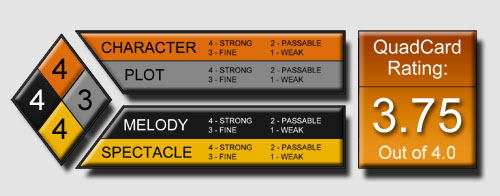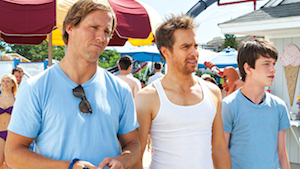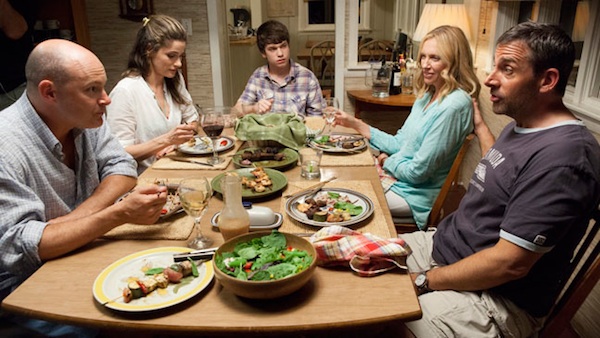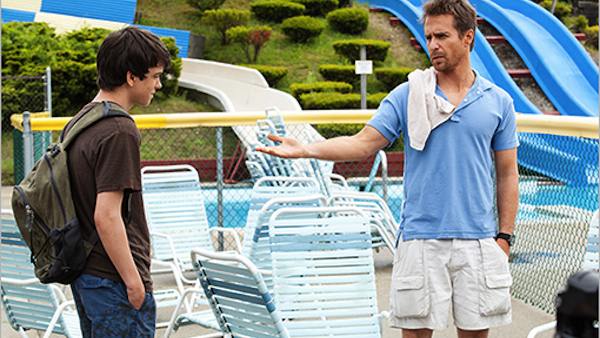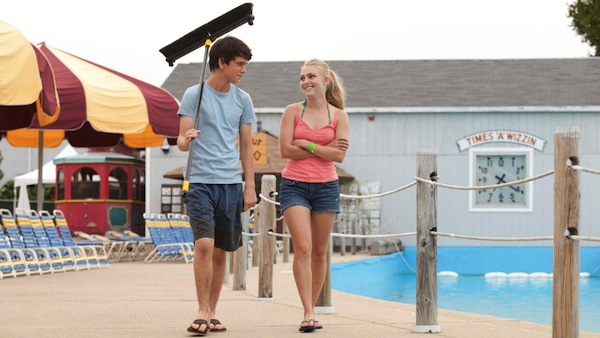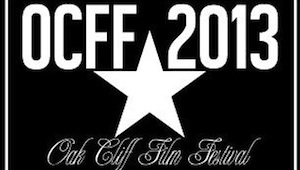Oscar-winning screenwriting partners Jim Rash and Nat Faxon (The Descendants) celebrate their directorial debut with The Way, Way Back, a familiar coming of age story that is sweet, funny and poignant. Teenage angst and the “us versus adults” battle shown from the male perspective are popular themes right now, with film like Mud and Kings of Summer releasing earlier this summer, but as a labor of love project for this filmmaking duo, The Way, Way Back has been a long time coming. It’s a film that manages to be a crowd-pleaser without trying too hard.
The title refers to the back seat of a vintage station wagon, where 14-year-old Duncan (Liam James) is seated during the movie’s opening scene while his mother’s new boyfriend, Trent (Steve Carell), criticizes his reserved and awkward demeanor from the drivers seat. Carell is disturbingly good at playing the a-hole, and not the harmless kind a la Michael Scott in The Office. As actors who’ve dealt with being cast-typed in the past, Faxon and Rash do a fantastic job casting their film with several pleasant surprises like this one.
Duncan has been forced into accompanying his mother, Pam (Tony Collette), to spend the summer at Trent’s beach house. The rest of Duncan’s summer companions include Trent’s daughter Steph – a mother’s worst nightmare version of the typical, disrespectful teenage girl and crazy – a couple (Amanda Peet and Robert Corddry) who perpetuates the idea that summer at the beach is “spring break for adults,” and an alcoholic next door neighbor, hilariously portrayed by Allison Janney, who invites herself everywhere and immediately tries to put her young cross-eyed son (River Alexander) off on Duncan. His only solace may be the neighbors withdrawn daughter (AnnaSophia Robb, The Carrie Diaries), but her ties to Trent’s daughter make it unclear whether she’ll become friend or foe.
As is true of many coming-of-age dramas, the adults seem to have things less figured out than the kids, and their preoccupation with their own lives often causes them to be less than stellar parents. Even Duncan’s mother gets so wrapped up in her new relationship that she turns a blind eye to Trent’s mistreatment of Duncan, clearly seeing her son’s dislike for her new beau, she misplaces much of the blame on Duncan’s lack of trying. It can be frustrating to watch, wondering if she will ever see the light.
Through the relationship between Pam and Trent, the film addresses ideas about identity from an adult perspective that contrasts with that of the ideas developed during adolescents. Both divorced with children, Trent and Pam are trying – perhaps a bit too hard – to create a new life with a new family by pushing theirs together, but is forcing lives together in this way really the key to happiness? This is a question that Pam deals with throughout the course of the film, wondering if being alone is really any worse than settling.
Desperate to escape the madness, Duncan finds his getaway vehicle – a hot pink bicycle that looks as if it once served as an upgrade directly after training wheels and is about two times too small for a teenage boy – and happens upon Water Wizz, an aging waterpark on the edge of town. There he meets Owen, a laidback drifter and park manager who takes Duncan under his wing and gives him a job working for Water Wizz. Rockwell’s fast-talking humor combined with his heartwarming demeanor creates the perfect combination. Again the filmmaker’s choice to take risks with casting has allowed Rockwell to play a roll that allows the audience to see his range as an actor, and the result is a multi-dimensional character and memorable performance.
Faxon and Rash’s film has been compared to Adventureland, but a big difference in The Way Way Back is the portrayal of the amusement park, the latter succeeds at creating an heightened since of realism to the setting that the nostalgic portrayal in the former. The decision to film at an actual waterpark during operating hours contributes to the believability and in an age of film where so many things are digitized or “faked,” it’s refreshing to see filmmakers who seek to present something more real for to the audience.
G-S-T RULING:
